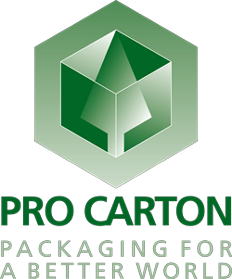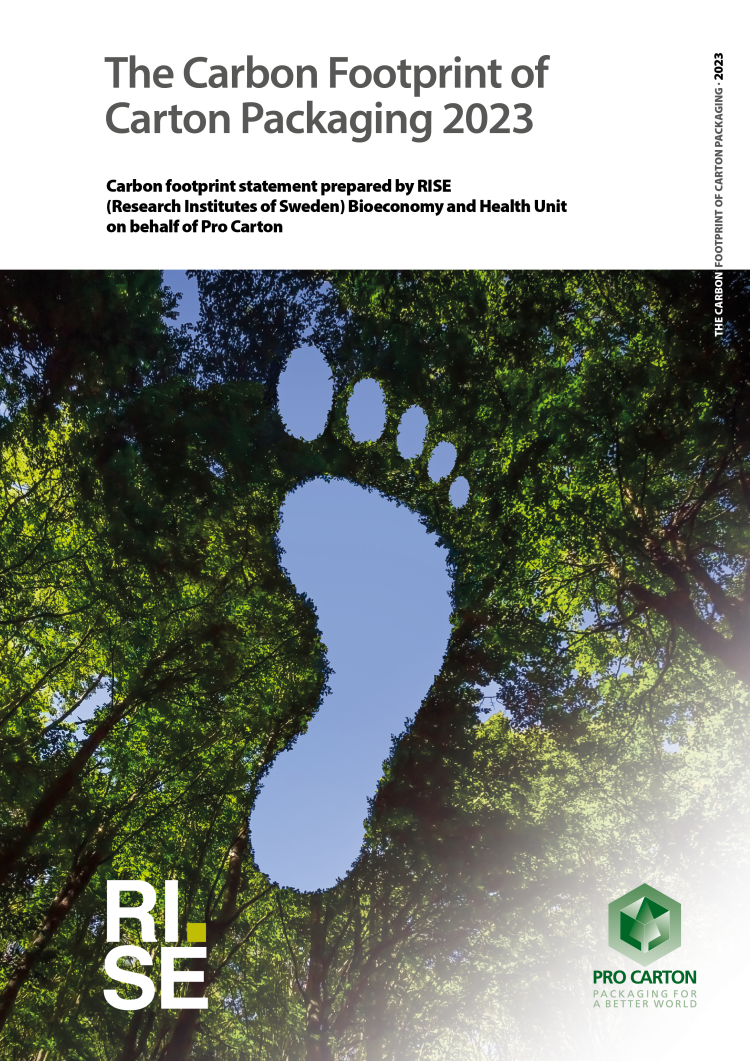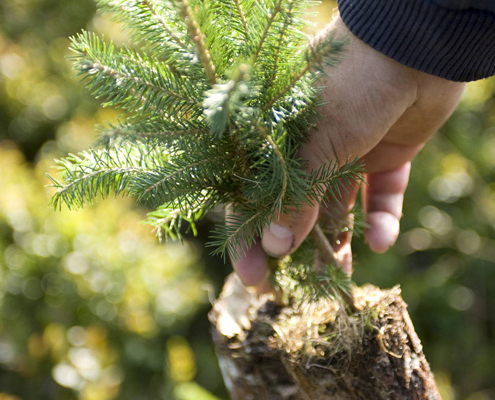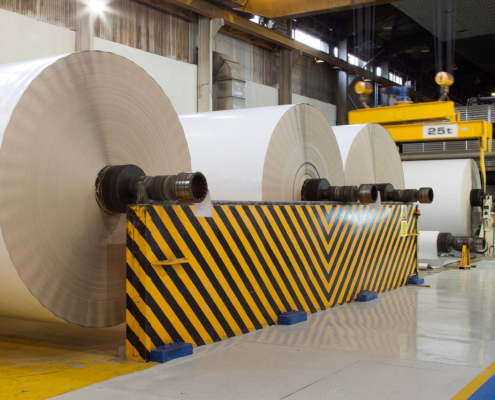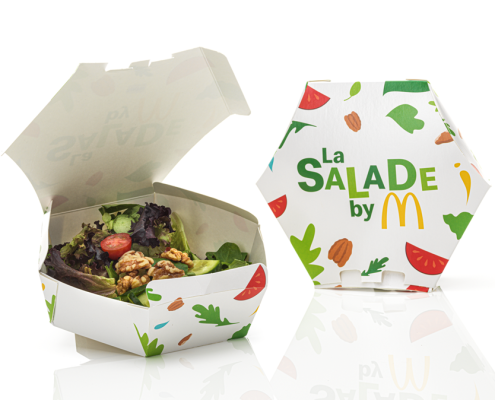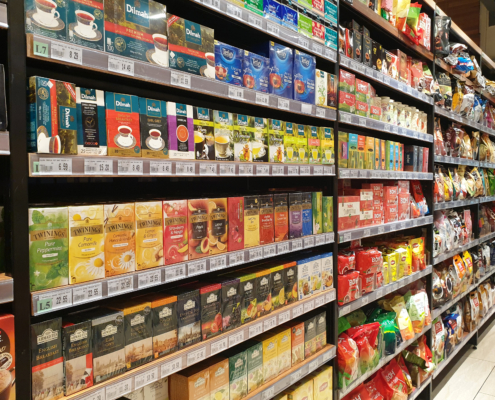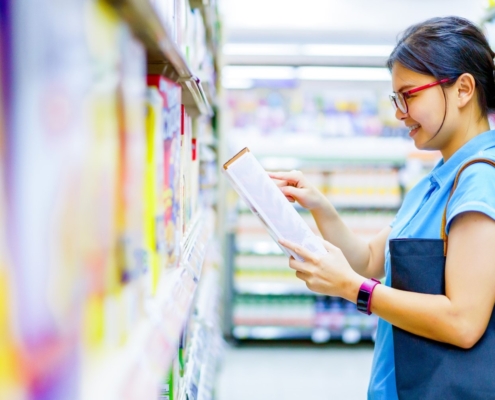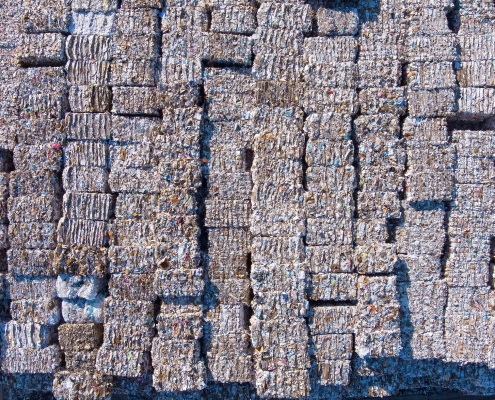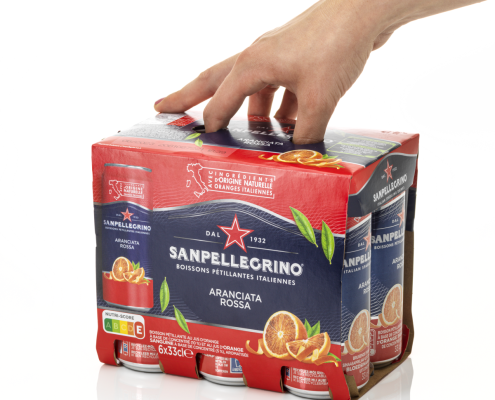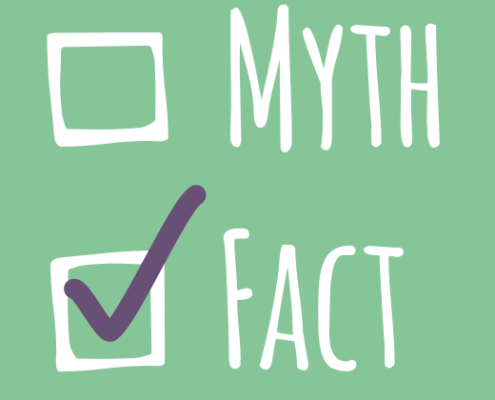What Is a Carbon Footprint?
A carbon footprint of a product or service is a measurement of all greenhouse gas emissions (including carbon dioxide) during the life cycle of a product.
It measures the impact of a product or service on the climate. The term relates to carbon dioxide which is the most common greenhouse gas and a major contributor to global warming.
The unit of measure is a kg of CO2. When another greenhouse gas is measured, such as methane, it is converted into CO2 – eq (equivalent).
Calculating carbon footprints can help us to understand how the products we use affect the environment and climate change. The aim of regularly measuring carbon footprints is to show that, over time, reductions have been made in the amount of emissions associated with the life cycle.
What Are Fossil Carbon Dioxide Emissions?
Fossil fuels such as petroleum and natural gas were formed by decomposition of dead organisms, typically millions of years ago. They contain a high percentage of carbon.
Fossil fuels are non-renewable resources and when they are burnt to generate energy, they produce carbon dioxide.
Energy is needed in cartonboard and cartons production. If this energy is generated from fossil fuel, such as coal, petroleum and natural gas, then the emissions associated with using these resources are measured in terms of fossil carbon dioxide emissions.
Biogenic Carbon
Carton’s raw material – cartonboard – is made from wood fibres – a renewable resource of sustainably managed forests.
Growing trees capture and store carbon (biogenic carbon) and when the wood fibre is processed into cartons, the carbon continues to be stored in the cartons. Carbon dioxide is the most common greenhouse gas and a major contributor to climate change.
Sustainably managed trees grow by absorbing carbon dioxide and storing carbon – this process is measured in terms of biogenic carbon. By removing carbon from the atmosphere trees help to reverse the greenhouse effect and this filtering process delivers a sustainable, renewable, bio-based raw material for cartons.
Recycling cartons keeps the carbon locked up in the material and prevents it from returning to the atmosphere.
The Carbon Benefits of Recycling
When a paper product is recycled, the carbon stored in the paper is prevented from going back into the atmosphere, keeping the fibres that originated from sustainable forestry in the value chain. Thus, carbon sequestration in paper products is substantially prolonged by recycling. Fibres can be recycled up to 25 times or more and afterwards, they can be used for energy recovery. The carbon benefits of recycling also include allowing increased carbon to accumulate in the forest and reducing the methane released from landfills.
What Is a Carton’s Carbon Footprint?
As every carton is made to a certain specification to be fit for a certain product, a single carton will have its own carbon footprint figure which needs to be calculated separately.
In order to give a general indication of how many kilogrammes of carbon dioxide are produced for each tonne of cartonboard which is converted, Pro Carton has calculated the average carbon footprint of all carton production in Europe.
The carbon footprint calculated by Pro Carton includes primary and recycled cartonboard as well as printed folding cartons.
Life Cycle Industry Data
Pro Carton has compiled an LCI of cartonboard and carton industry data, which represents the whole industry, and thereby contributes to the growing body of life cycle data in the paper and board packaging industry.
The aim of the database is to provide life cycle experts with the best possible environmental data from the cartonboard and carton industry in order that their analysis and studies will be as up-to-date and accurate as possible.
Technical experts in cartonboard and carton manufacturing processes have worked together with LCI experts to provide a database which is based on both technological knowledge of cartonboard and carton production and LCI study requirements.
This database contains information on the impact of the total European cartonboard and carton industry on the environment, measuring a range of emissions and reporting weighted averages.
The database should not be regarded as a benchmark for the industry or as a tool for comparisons between different parts of the industry. If specific information on a particular cartonboard grade is required, then this should be requested directly from the manufacturers.
Carbon Footprint of Carton Packaging 2023 report was published on 1st March 2023. The carton industry has a great story to tell with this updated study. A full Media Pack is available for promotion purposes.

